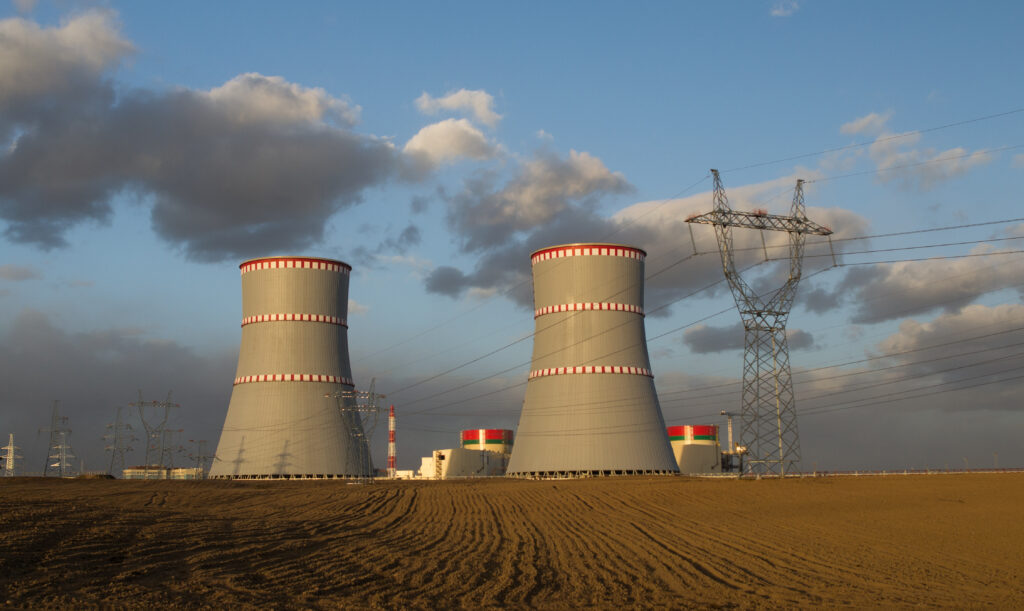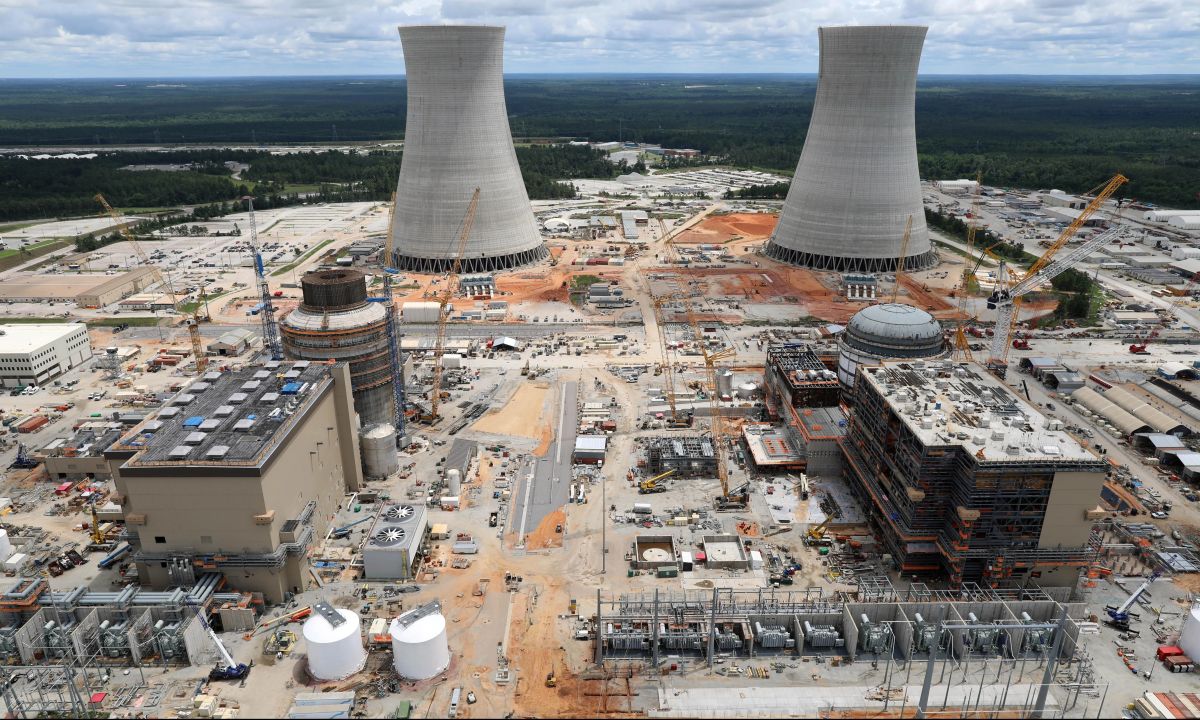
What Is the Final Safety Analysis Report (FSAR)?
The FSAR is the application for the operating license of a nuclear power plant. The FSAR nuclear document is a critical instrument for documenting and maintaining nuclear safety, which is a top priority within the nuclear sector. This report describes the facility in detail and the safety analysis that nuclear facilities must prepare and maintain, outlining the design, operation, and maintenance of a nuclear plant. This report is pivotal for demonstrating compliance with regulatory requirements set by the Nuclear Regulatory Commission (NRC), ensuring that nuclear plants operate within the safety parameters committed. As such, the FSAR stands not just as a document but as a foundation of commitment to safety and regulatory adherence in the nuclear industry.
The Regulatory Importance of the FSAR
The FSAR is the cornerstone of a nuclear facility’s safety documentation. It encompasses detailed analyses that prove a nuclear plant’s design and operational plans can protect public health and safety, considering potential hazards and emergencies. The NRC inspects this document to ensure that every aspect of a nuclear plant’s operation meets stringent safety standards. However, the dynamic nature of the nuclear industry, coupled with ongoing technological advancements and regulatory requirements, necessitates periodic updates and revisions to the FSAR. This ongoing need for updates presents a significant challenge for FSAR management, requiring a solution that can handle complex data and ensure accurate, timely updates.
What Is the Updated Final Safety Analysis Report (UFSAR)?
Required by 10 CFR 50.34, the UFSAR is a critical licensing basis document regulated by the NRC. It provides a comprehensive reference for a nuclear plant’s safety features, risk assessments, emergency preparedness, and other Licensing Basis Documents (LBDs). The UFSAR typically incorporates a range of documents, such as technical specifications and emergency plans, making it essential for nuclear operators, regulators, and other stakeholders.

Challenges in UFSAR Management
For commercial nuclear plant personnel, processing a UFSAR update is titled an IPTE (Infrequently Performed Test or Evolution). An IPTE is a key concept at a nuclear site because it presents a human error trap since the associated actions aren’t performed that often. For commercial nuclear plants, UFSAR updating occurs only every 18 to 24 months. Some key challenges in UFSAR management include:
- Complex Documentation Requirements: UFSARs require precise authoring and meticulous attention to technical and regulatory details to meet NRC standards.
- Infrequent Updates: The UFSAR update cycle, typically every 18-24 months, demands a specialized skill set and knowledge retention between updates, which can be challenging.
- Resource-Intensive Process: Preparing UFSARs involves significant time and effort from skilled personnel, including document preparation, editing, and compliance checks.
- High Risk of Rejection: Errors in formatting or content can lead to NRC rejections, potentially resulting in costly penalties and delays.
Certrec's UFSAR and LBD Managed Services
For our clients, the Certrec team performs UFSAR updates for many UFSAR projects on an ongoing basis, 7 days a week, all year long. Our team is recognized as industry experts. Our electronic document team has recently surpassed 100 successful electronic COLA, DCD/DCA, and UFSAR submittal-ready documents for our clients. With proven industry experience, we can manage a nuclear site UFSAR update for a fraction of a full-time equivalent and perform the task with high quality.
Certrec’s UFSAR Management Solution can help you achieve compliance with this tough but necessary NRC requirement. Contact our team today at UFSAR@Certrec.com to schedule a free consultation and discuss our experiences and lessons learned.
Our team of regulatory professionals is ready to share their expertise!
Share









